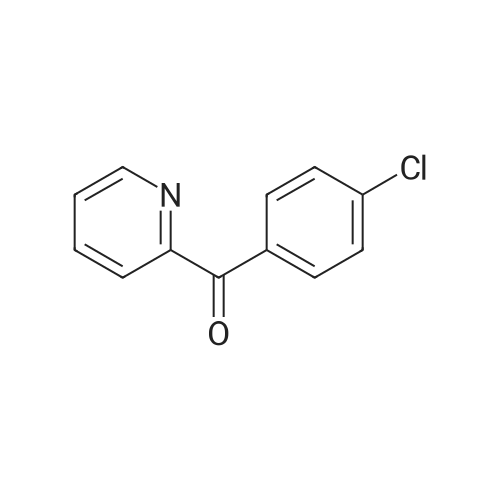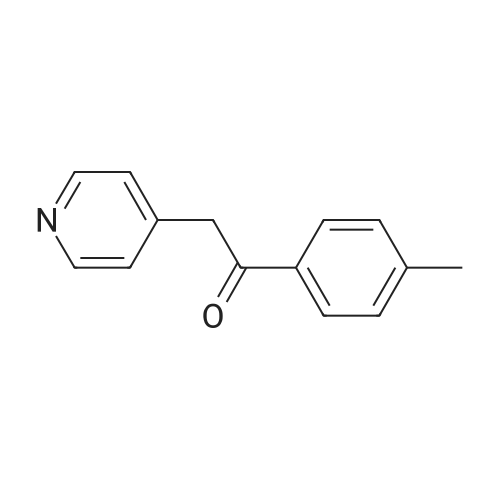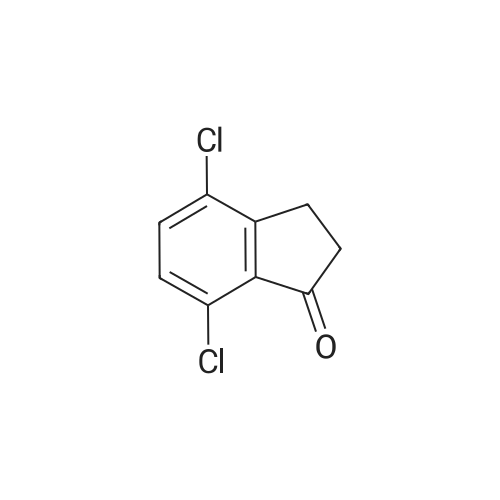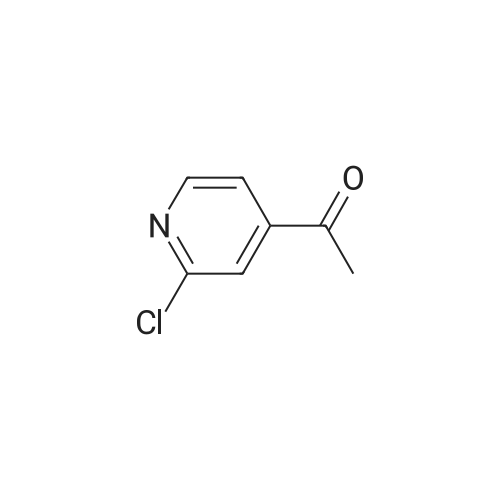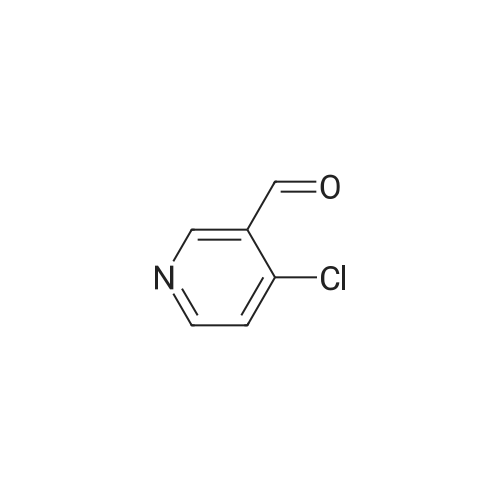| 71% |
With n-butyllithium; diisopropylamine In tetrahydrofuran; hexane; water |
REFERENCE EXAMPLE 16
1-(2-Chlorophenyl)-2-(4-pyridyl)ethanone
To a stirred solution of diisopropylamine (15.4 mL) in dry tetrahydrofuran (100 mL) cooled at -50° C., was added a solution of 1.6 M n-butyllithium in hexane (69 mL) dropwise.
After addition, the resulting mixture was stirred for 10 min at the same temperature, followed by the addition of a solution of γ-picoline (20 g) in dry tetrahydrofuran (10 mL) at -30° C.
After an additional 1 h stirring, a solution of N-(2-chlorobenzoyl)propyleneimine (20 g) in dry tetrahydrofuran (10 mL) was added dropwise to the resulting mixture at -10° C.
After addition the mixture was stirred for another 2 h at ambient temperature.
Water (100 mL) was added to the mixture and extracted with ethyl acetate.
The extract was washed with water, dried, and concentrated under reduced pressure.
The residue was purified using silica-gel column chromatography (hexane-ethyl acetate, 1:1) to give the title compound (16.4 g, yield 71percent).
oil. 1H-NMR (CDCl3) δ: 4.28 (2H, s), 7.20 (2H, d, J=6.2 Hz,), 7.28-7.39 (1H, m), 7.41-7.48 (3H, m), 8.56 (2H, d, J=6.2 Hz).
|
| 71% |
With n-butyllithium; diisopropylamine In tetrahydrofuran; hexane; water |
Reference Example A 16
1-(2-chlorophenyl)-2-(4-pyridyl)ethanone
A solution of diisopropylamine (15 mL) in anhydrous tetrahydrofuran (100 mL) was cooled at -50OEC and 1.6 M n-butyllithium/hexane solution (69 mL) was added dropwise with stirring.
After completion of dropwise addition, the mixture was stirred for 10 min and a solution of γ-picoline (20 g) in anhydrous tetrahydrofuran (10 mL) was added dropwise at -30OEC.
The mixture was stirred for 1 h and a solution of N-(2-chlorobenzoyl)propyleneimine (20 g) in anhydrous tetrahydrofuran (10 mL) was added dropwise at -10OEC.
After completion of dropwise addition, the mixture was stirred for at room temperature for 2 h.
To the reaction mixture was added water (100 mL) and the mixture was extracted with ethyl acetate.
The extract was washed with water, and after drying, the solvent was evaporated.
The residue was purified by silica gel column chromatography (hexane-ethyl acetate=1:1) to give the title compound (16 g, yield 71percent).
oil.
1H-NMR (CDCl3) δ: 4.28 (2H, s), 7.20 (2H, d, J= 6.2 Hz), 7.28-7.39 (1H, m), 7.41-7.48 (3H, m), 8.56 (2H, d, J= 6.2 Hz).
|
| 71% |
With n-butyllithium; diisopropylamine In tetrahydrofuran; hexane; water |
Reference Example A 16
1-(2-chlorophenyl)-2-(4-pyridyl)ethanone
A solution of diisopropylamine (15 mL) in anhydrous tetrahydrofuran (100 mL) was cooled at -50°C and 1.6 M n-butyllithium/hexane solution (69 mL) was added dropwise with stirring.
After completion of dropwise addition, the mixture was stirred for 10 min and a solution of γ-picoline (20 g) in anhydrous tetrahydrofuran (10 mL) was added dropwise at -30°C.
The mixture was stirred for 1 h and a solution of N-(2-chlorobenzoyl)propyleneimine (20 g) in anhydrous tetrahydrofuran (10 mL) was added dropwise at -10°C.
After completion of dropwise addition, the mixture was stirred for at room temperature for 2 h.
To the reaction mixture was added water (100 mL) and the mixture was extracted with ethyl acetate.
The extract was washed with water, and after drying, the solvent was evaporated.
The residue was purified by silica gel column chromatography (hexane-ethyl acetate=1:1) to give the title compound (16 g, yield 71percent).
oil
1H-NMR (CDCl3) δ: 4.28 (2H, s), 7.20 (2H, d, J= 6.2 Hz), 7.28-7.39 (1H, m), 7.41-7.48 (3H, m), 8.56 (2H, d, J= 6.2 Hz).
|

 Chemistry
Chemistry
 Pharmaceutical Intermediates
Pharmaceutical Intermediates
 Inhibitors/Agonists
Inhibitors/Agonists
 Material Science
Material Science













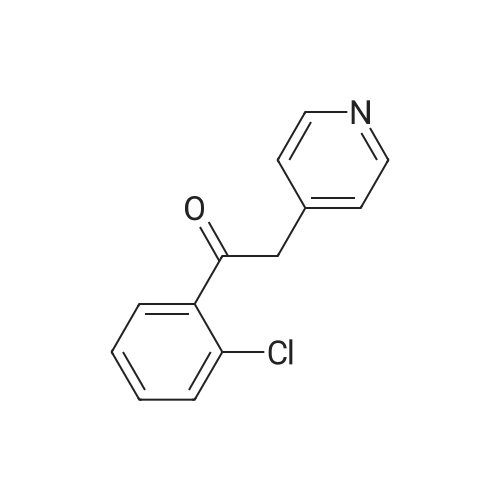

 For Research Only
For Research Only
 120K+ Compounds
120K+ Compounds
 Competitive Price
Competitive Price
 1-2 Day Shipping
1-2 Day Shipping









